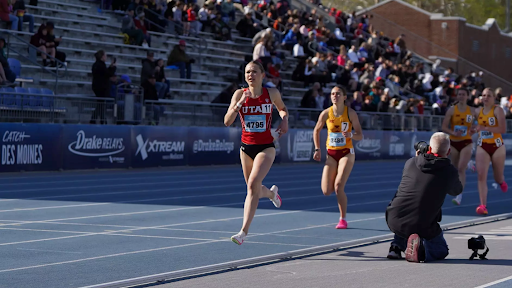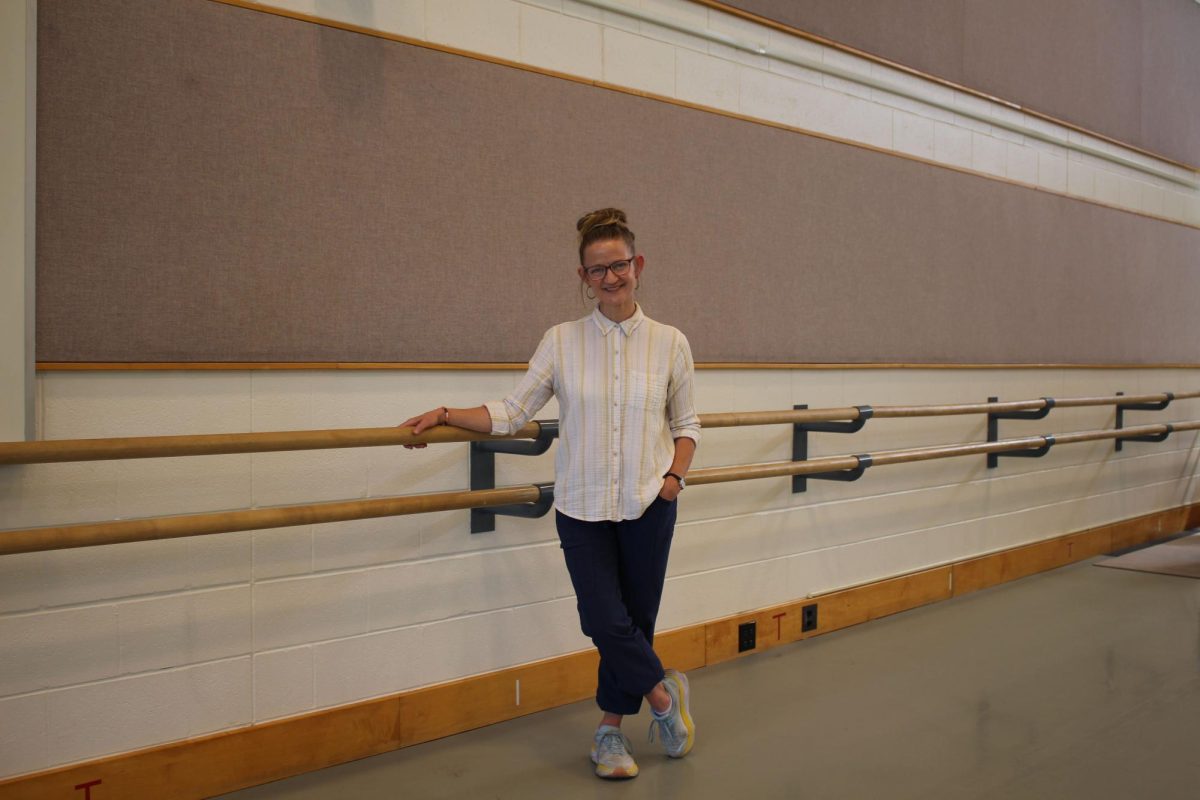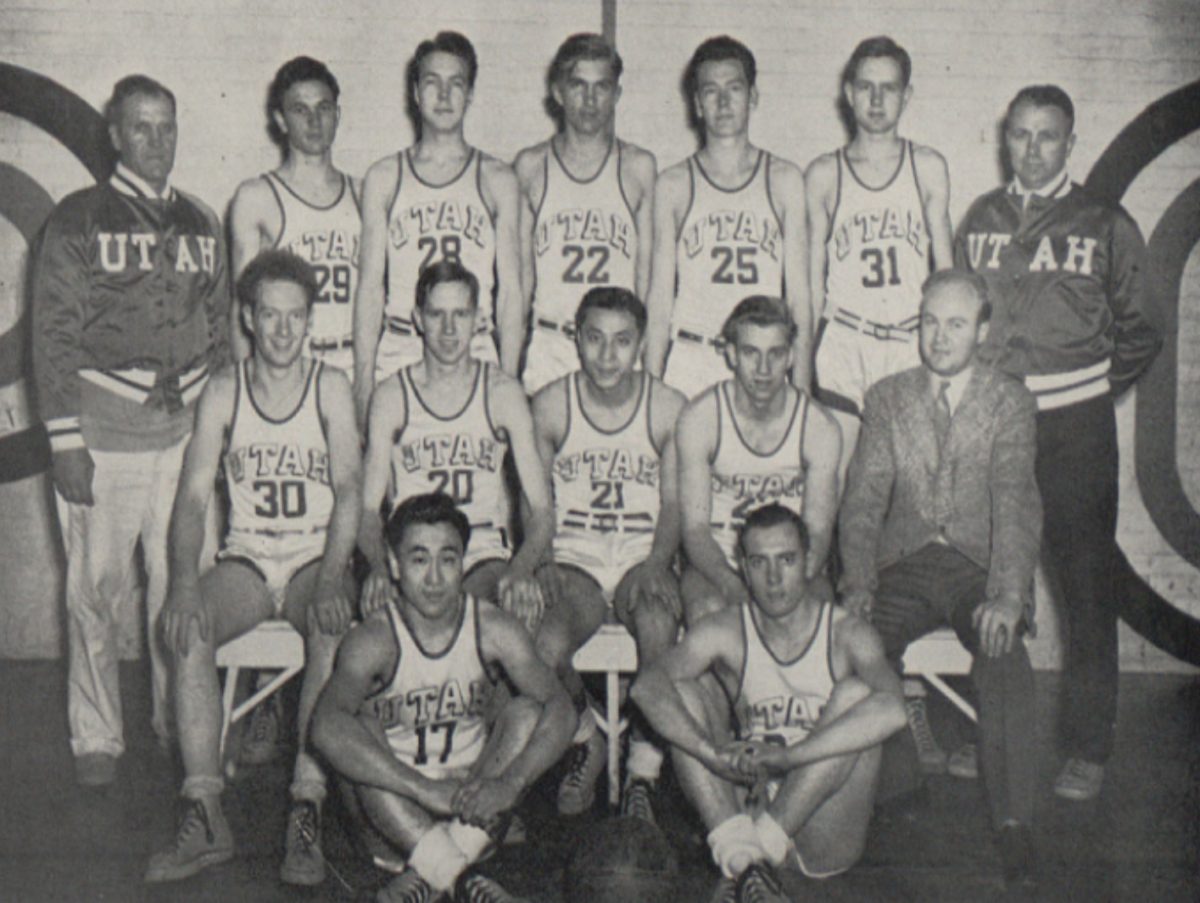UUPD Officers Begin Wearing Body Cameras on Duty
The University of Utah Campus police department. Photographed on 10 Jan 2021. (Photo by Abu Asib | The Daily Utah Chronicle)
September 3, 2021
The University of Utah Police Department has announced that officers will now wear body cameras while on duty.
The announcement came via the UUPD communications office, stating, “University of Utah Police are now using body-worn cameras to promote accountability; increase public trust; provide supportive documentation for complaints, investigations and prosecutions; and improve training opportunities.”
Body worn cameras are used in many departments in the country. According to the Bureau of Justice Statistics in a survey published in 2018, “47% of general-purpose law enforcement agencies in the United States had acquired body-worn cameras” in 2016.
Acting UUPD Chief Jason Hinojosa said this policy has been in the works for three years now.
“After the departure of Rodney Chapman, you know we still had the proposal and it was something that we still knew we sorely needed, and we decided to press forward with it despite everything else going on, because of the need for documentation, and the need for accountability,” Hinojosa said.
The body-worn cameras for UUPD officers will be used for documentation purposes, specifically for prosecutors, the U and the department, as well as for accountability and training purposes for officers.
“Right now, anything that goes to court, the prosecutors are expecting some kind of video evidence,” Hinojosa said. “Video is part of society now.”
The body worn cameras worn by UUPD officers will be powered on during the duration of an officer’s shift, but will only start to record if a button on the front of the camera is pressed. The cameras will automatically start to record when an officer’s sidearm is drawn. Also, all cameras on officers near another officer with their sidearm drawn will turn on as well. Cameras will also record when an officer pulls out their taser.
“If the sidearm is drawn, I have a sensor on my holster that is a Bluetooth link to this camera, so if a holstered firearm is unholstered, it automatically turns it on and then any other camera in Bluetooth range, it’ll also turn on,” Hinojosa said.
According to Hinojosa, UUPD utilizes a third-party IT department to edit and audit videos captured by officers on duty.
“The system itself is not administered by the police department,” Hinojosa said. “So, we use it, but the actual devices, and the restrictions placed on the officers, the supervisors and myself are all managed by our civilian IT people.”
Support for body-worn cameras is not only at the department level — students support this step forward as well.
“I think it is honestly smart. It keeps the police accountable on what they’re doing and how they handle situations and I think students or anyone on campus should know they have the right to film them in criminal situations,” said Ty Miller, a student at the U.
Miller was optimistic about the UUPD’s future with the use of body cameras.
“All in all, it will do good for the police department and those who are interacting with them,” Miller said
Hinojosa shares the same optimism going forward.
“I’m optimistic about improving relations, because now we have more evidence that we can present, because we do know we’re going to get some complaints, you know, not all interactions with police are positive,” he said. “But when we do get those complaints or we do have those situations where a question does arise about officers’ actions now, we have that more complete picture to paint.”








